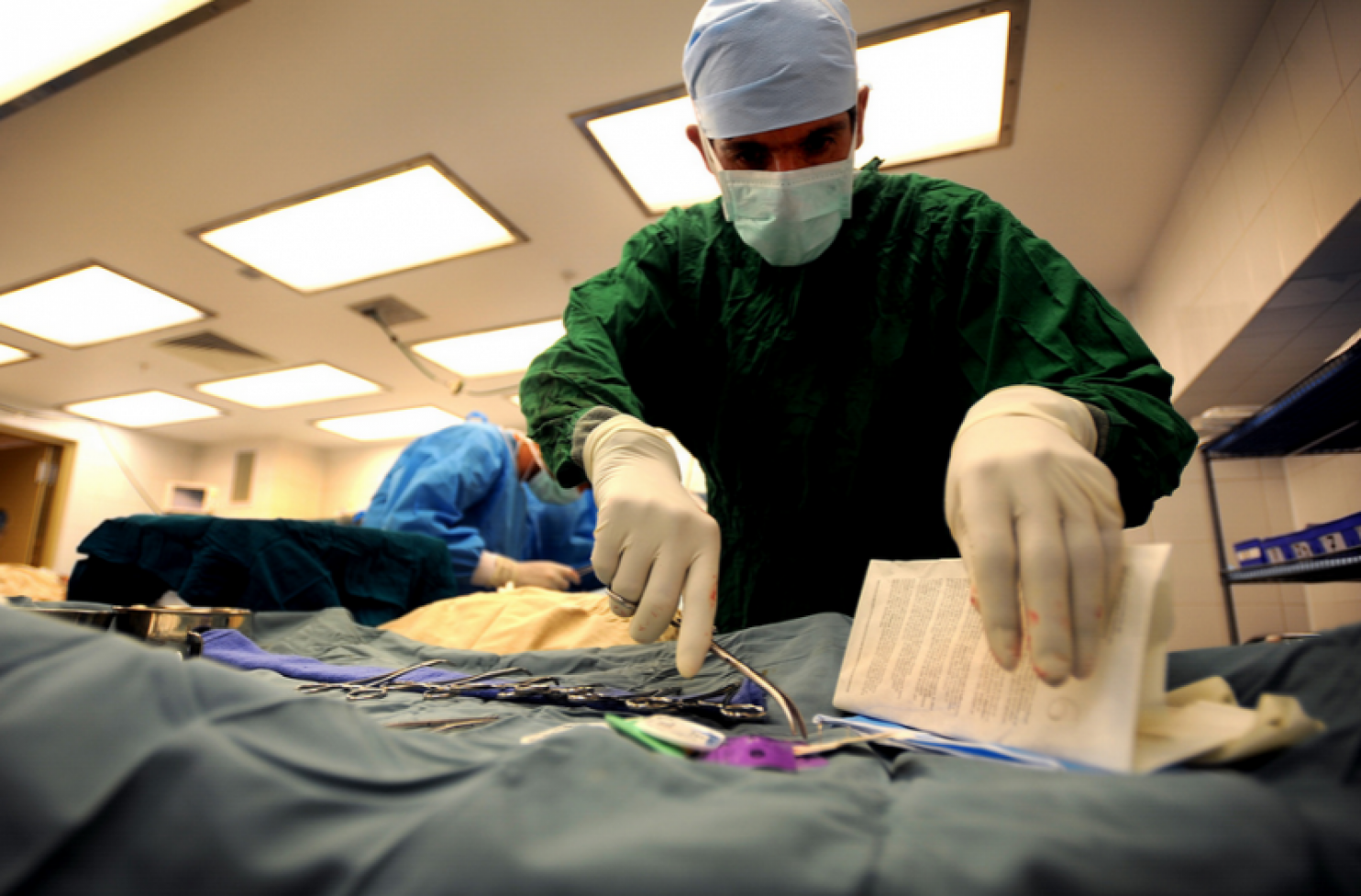4 Ways To Optimize Your Applicant Tracking System
Having an applicant tracking system (ATS) can make your company’s recruiting process easier and more efficient than ever. By optimizing your ATS and configuring user-friendly tools, you no longer have to wait for the perfect applicants to come to you. Instead, your system can help identify the most qualified candidates, so you can hire new employees in a quick and efficient manner.
Below are four ways you can optimize your ATS for ideal job candidates.
-
Collaborate Tools
Ensure that you’re using an ATS with proper collaboration tools. Such tools include which enables hiring managers to make decisions, share notes, and provide interview feedback online. Easy-to-read dashboards help control recruiting programs and analytics dashboards give access to at-a-glance data that’s related to recruiting performance.
Tools such as these help to improve collaboration and effective communication within the hiring process, so that your company can better avoid hiring failure. With a collaborative ATS, recruiters, hiring managers, and others all have access to the same, up-to-date information which prevents confusion and enables the hiring process to be both accurate and effective.
2. Improve Workflow
Whether you’re an employer looking for a new hire or the director of a recruiting company, you’ve likely experienced the errors and mistakes that commonly occur during the hiring process. Though mistakes like forgetting where a prospective applicant is in the hiring process or neglecting to follow up with a particular applicant are common, they can greatly hinder the efforts to finding a suitable candidate.
Optimize your ATS by creating custom workflow statuses that help you refine and better maintain workflow. From reviewing a resume and scheduling the first interview to sending the applicant a skill assessment or request for a second interview, a customizable ATS lets you keep track of exactly where each candidate is in the hiring process. Optimizing your ATS to improve workflow will also let you monitor how long it’s been since you’ve last made contact with the candidate, so you can stay present and prevent losing individuals that could be the perfect fit for the job.
3. Focus On Fundamentals
Hiring adequate employees can be tricky, especially if you’re solely focusing on how individuals look on paper or if they’ve included particular keywords within their application. Frankly, resumes and keywords won’t provide you with the candidate you’re looking for. Instead, use your ATS to target the fundamentals that make individuals fitting for the job.
As previously mentioned, optimizing your ATS can help you save valuable time on internal collaboration, candidate communication, and current job postings. This means you’ll have the time and resources you need to focus on the fundamentals involved in hiring and learn more about prospective applicants through phone screenings or social network monitoring. You can also used optimized tools like video interviewing to get a better idea of who the person is behind the resume.
4. Open Applicant Access
Have you had past trouble filling positions with the right person? As a business professional, chances are you have. And while many employers blame this void on the lack of skilled candidates, chances are your subpar, out-dated ATS played a role too. By optimizing your ATS, candidates won’t have to struggle through a lengthy, stringent, difficult application process. Instead, they’ll have have the same simple, custom experience that you do.
By using your ATS to customize job-specific questions, update job descriptions, and personalize requirements, you can prevent unnecessary barriers from deterring qualified applicants. With an optimized ATS, you’ll have access to every candidate who could fill the job requirements and they’ll have access to a quick and easy application process.




